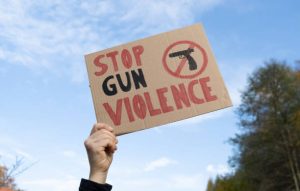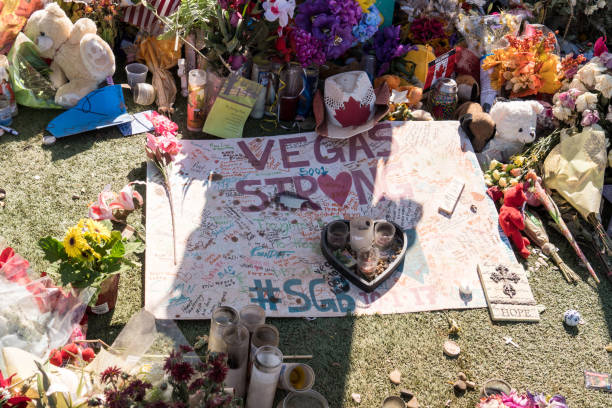October 1st, 2025.
Eight years ago today, I survived the Las Vegas mass shooting—the deadliest mass shooting in modern U.S. history.
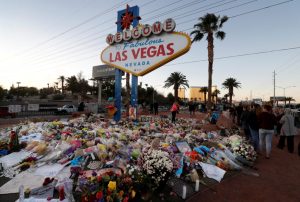
Burned into my memory is the fear of that night—holding my sister’s hand while people around us were murdered. I remember telling myself to take deep breaths to brace for impact, because I believed I would be shot and thought maybe I’d survive if I stayed calm. I remember us hopping the fence and running under the stage, hiding behind a concrete slab, pulling our legs in to shield our vital organs. I remember calling my mom and saying the words, “Allie and I are in the middle of a mass shooting,” and she instinctively began to sing You Are My Sunshine, my favorite childhood song. I remember running again, terrified that I’d collapse from my Postural Orthostatic Tachycardia Syndrome. I remember calling my brother and leaving him a Voicemail I never imagined recording.
Those moments live in me as clearly as if they happened yesterday. Survivors don’t “move on.” We carry the sounds, the smells, the images, the fear in our bodies forever.

Mass Shootings Are Not Random: A Deadly American Pattern
Las Vegas didn’t happen in isolation. It came five years after Sandy Hook, where 20 children and six educators were gunned down in their classrooms. It came five years before Uvalde, where it took police 77 minutes to confront a gunman murdering children.
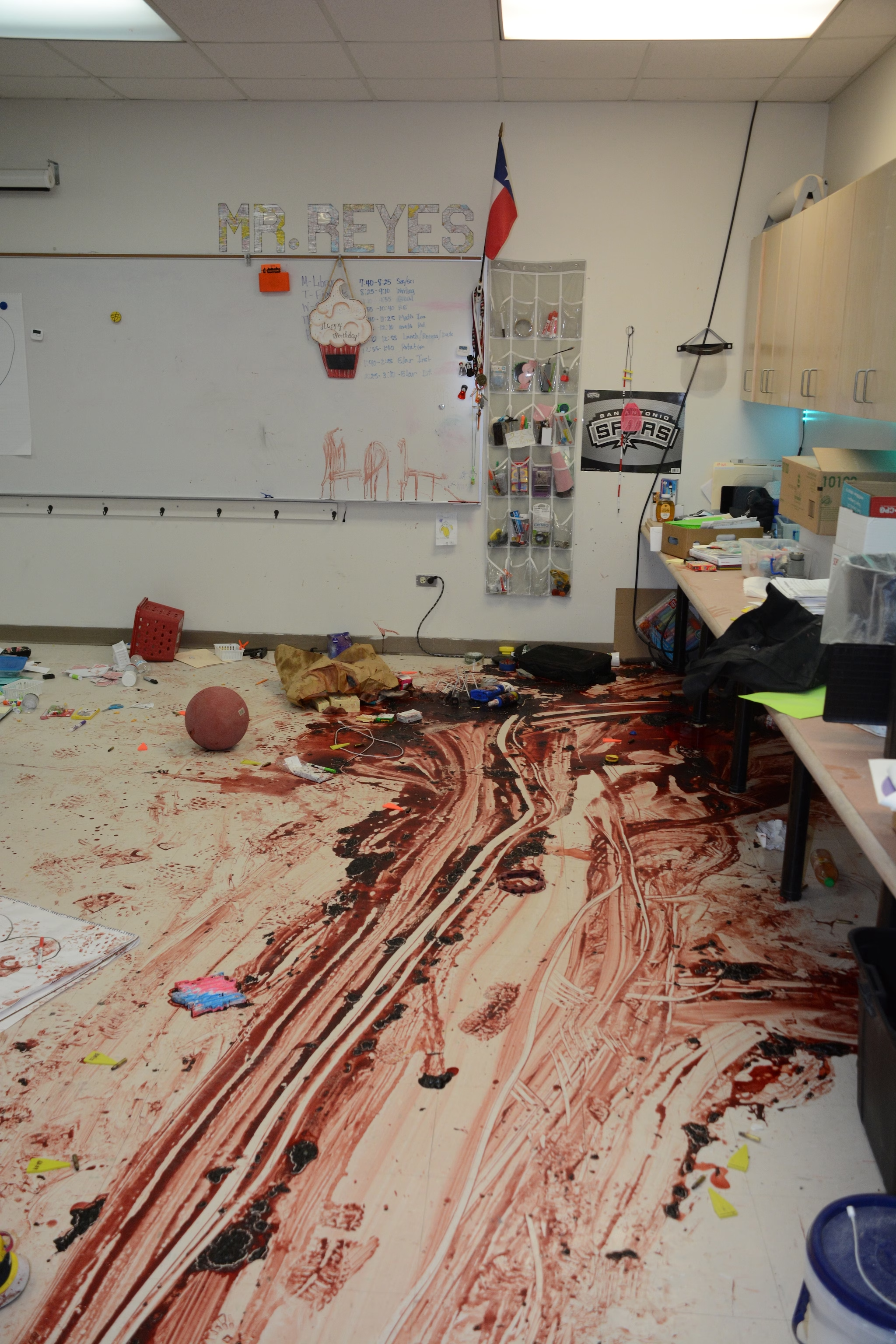
Each time, the same myths resurface. Chief among them: the so-called “good guy with a gun.” Yet the record is clear. At Sandy Hook, police arrived within minutes but could not prevent mass slaughter. In Uvalde, trained officers waited in hallways as children bled. In Las Vegas, the shooter was armed with an arsenal that made any individual’s firearm useless against the rain of bullets.
The idea collapses under its own weight: if guns truly made us safer, America would already be the safest country in the world.
America, the Outlier in Gun Violence
Eight years later, the patterns are impossible to ignore: guns are the problem.
No other wealthy democracy experiences this level of carnage, because no other country makes firearms so easy to access. In the United States, there are an estimated 120 civilian-owned guns for every 100 people—more firearms than people. Compare that to Canada (≈34 per 100), Switzerland (≈27), Finland (≈23), or Australia (≈14). None of those nations suffer mass shootings with the frequency or scale we do.
And yet, every time another tragedy occurs, we hear the same excuse: “mental health.” But here’s the truth: mental illness exists in every country. Poverty exists in every country. Crime exists in every country. The difference isn’t depression or anxiety. The difference is guns.
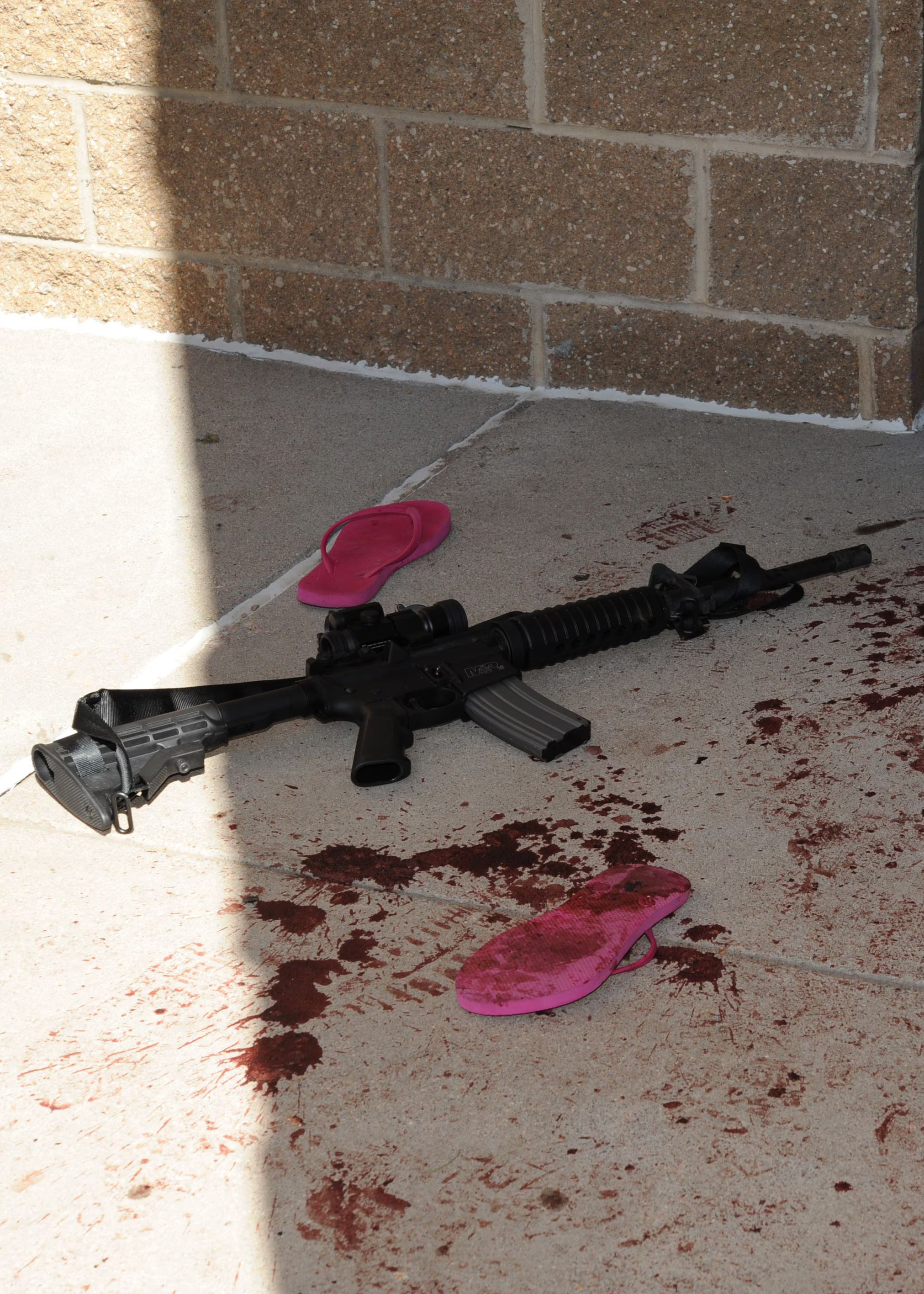
Words Without Action
If lawmakers were truly worried about mental health, their records would show it. But they don’t.
After mass shootings, Congress hasn’t rushed to expand mental health coverage. Instead, many of the same politicians offering “thoughts and prayers” have worked to slash Medicaid funding, block universal healthcare proposals, and oppose expanding the Affordable Care Act. Words without action are just deflection.
Survivors know the cost of this hypocrisy. Gun violence doesn’t end when the news cameras leave. It leaves survivors with hospital bills, physical disabilities, trauma therapy needs, lost wages, and lifelong pain. Yet America has no reliable system to help us heal.
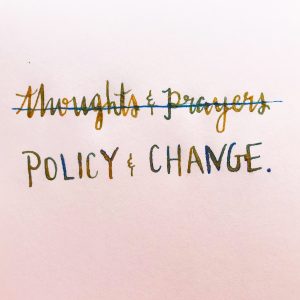
The Hidden Cost: How America Fails Gun Violence Survivors
Unlike natural disasters—where federal relief systems mobilize—there is no guaranteed national response for gun violence survivors.
- Survivors face lifelong medical costs, from surgeries and rehab to prosthetics, mobility aids, and pain management. Insurance often falls short, leaving families with crushing debt.
- Trauma is ongoing: PTSD, nightmares, anxiety, and survivor’s guilt can require years of therapy, yet access to mental health care in this country is fragmented and unaffordable for most.
- State victim-compensation funds exist, but they are full of loopholes and hurdles—strict deadlines, complicated paperwork, and rules that can deny victims if officials decide their behavior contributed in some way.
- Nonprofits try to fill the gap with grants or emergency aid, but support is inconsistent and temporary.
Survivors are left to navigate a labyrinth of health systems, legal processes, and financial burdens on their own. We shouldn’t have to fundraise for wheelchairs or therapy. We shouldn’t have to beg for help. But that is what this country asks of us.
What Other Nations Have Done about Shootings—and What America Won’t
This is an American problem. Comedian Jim Jefferies has a great special mass shootings and gun violence in the USA. I highly recommend watching it here.
Countries with high gun ownership but strong regulation—like Switzerland—have far lower gun death rates than we do. After its 1996 massacre in Port Arthur, Australia enacted a sweeping gun buyback and bans on assault weapons. Since then, mass shootings there have been virtually eliminated. In the U.K. and Japan, where private gun ownership is tightly restricted, gun homicides are so rare they barely register statistically.
America knows what works—we just refuse to do it.
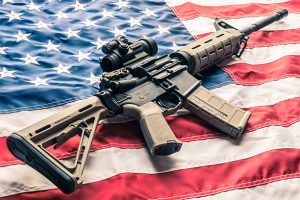
The Fragility of “Progress”
One especially alarming development is the return of bump stocks. These devices make semi-automatic rifles mimic machine guns by using recoil to fire rapidly. A bump stock was used in the Las Vegas massacre I survived.
In 2018, the Bureau of Alcohol, Tobacco, Firearms, and Explosives (ATF) banned them under the federal definition of “machine guns.” But on June 14, 2024, the U.S. Supreme Court struck down that ban in Garland v. Cargill, ruling 6–3 that ATF had exceeded its authority. Now bump stocks are legal again at the federal level in states without their own bans.
This reversal shows just how fragile progress is. Even devices that enabled America’s deadliest mass shooting can return to legality—not because they’ve become safer, but because of political and judicial interpretation. Unless Congress acts, the cycle will repeat.
Why Nearly All Mass Shooters Are Men
Here’s another fact we can’t ignore: men commit nearly all mass shootings in America—up to 98% depending on the dataset.
This isn’t random. Research shows that most attackers are motivated by grievances: rejection, humiliation, job loss, domestic disputes. In other words, personal pain gets externalized as violence. And in America, masculinity is too often taught as dominance, entitlement, and control—reinforced by easy access to deadly weapons.
Many mass shooters also have histories of domestic violence or misogynistic behavior. That’s not incidental. It’s part of the same continuum: control and rage aimed first at women, then unleashed on the public. Pair that with military-style weapons and the result is predictable devastation.
It forces a painful question: if women were responsible for nearly every mass shooting, would guns still be this available? Or would lawmakers have acted long ago?
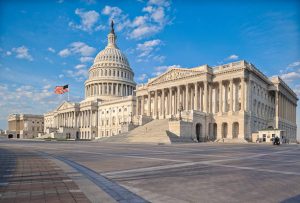
What We Already Know Saves Lives
We don’t need more commissions, studies, or excuses. We already know what works:
- Universal background checks on all gun sales, including private and online transfers.
- Red flag laws allowing temporary removal of guns from those deemed dangerous.
- Bans on assault-style rifles and high-capacity magazines, designed for maximum killing efficiency.
- Closing loopholes for unregulated private sales, ghost guns, and gun shows.
- Treating gun violence as a public health crisis by funding research, prevention, trauma care, and survivor support.
- Restoring federal authority over dangerous accessories like bump stocks.
- Investing in community safety, rather than relying on “individual heroics” with guns. Community over hyper-individualism.
These aren’t radical ideas. They’re measures supported by evidence, embraced by other democracies, and favored by the majority of Americans.
The Hardest Truth
Every country struggles with poverty, crime, and mental illness. Only America pairs those struggles with nearly unlimited access to military-grade firepower. That’s why mass shootings keep happening here—and not everywhere else.
Until we confront the role of guns—the ease of access, the design of weaponry, the legal protections for accessories—until we choose life over lobbying dollars, nothing will change. More anniversaries like mine will be marked.
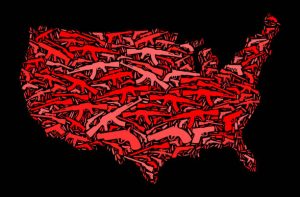
A Final Word
Eight years ago, my life split in two: before the shooting, and after. I survived, but survival is not the same as healing. Survivors like me deserve more than platitudes. We deserve a country willing to learn, to change, to finally choose the safety of its people over the profits of its gun lobby.
Because until that happens, every new headline, every new tragedy, every new list of names will carry the same cruel message: in America, we have decided this is acceptable.
But I haven’t. And I won’t.
